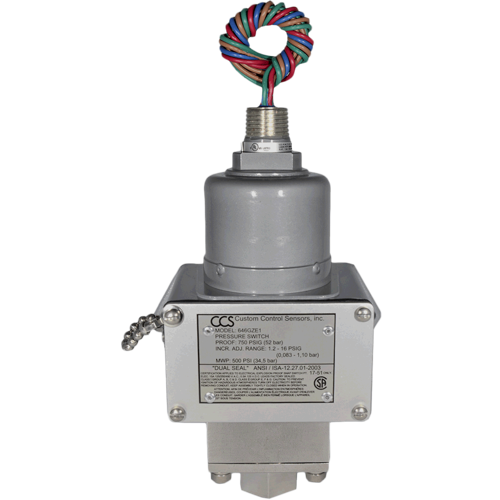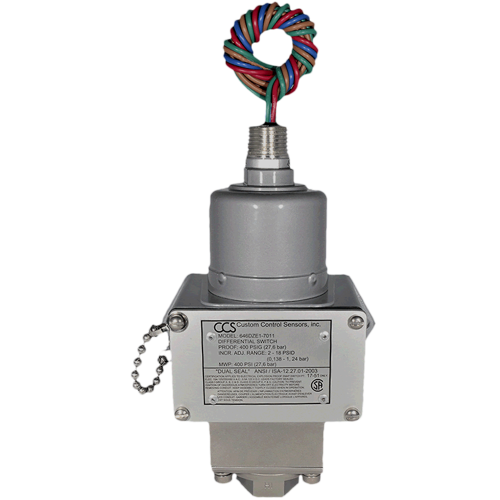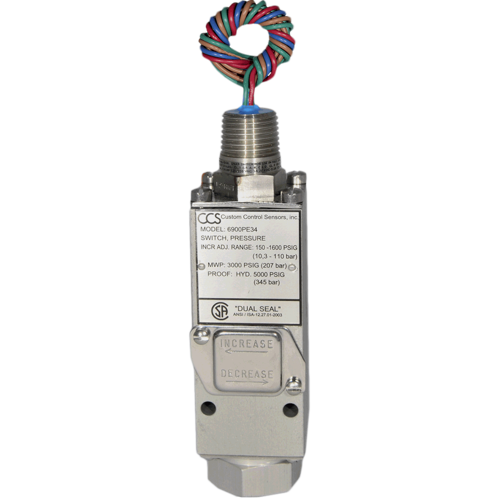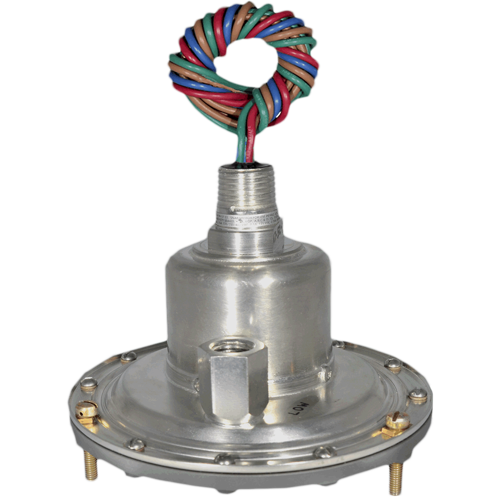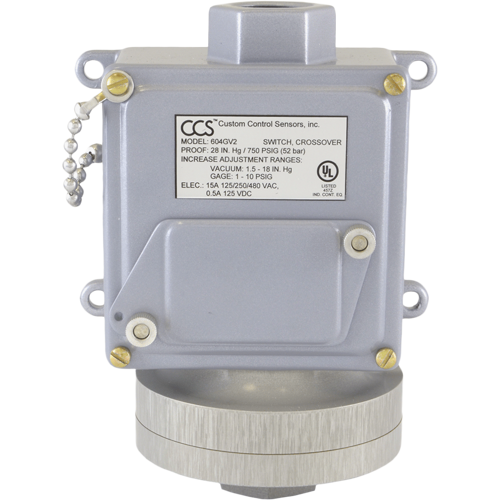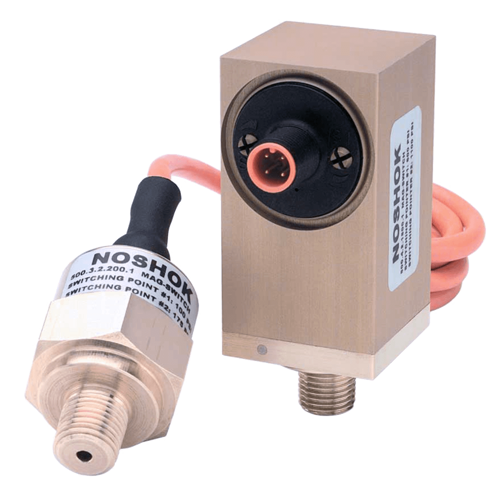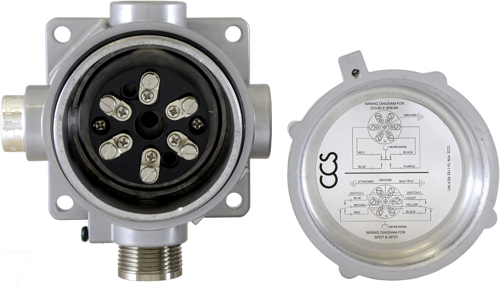Pressure Switches
Pressure switches activate electrical contacts at preset pressures, protecting equipment and ensuring reliable industrial process control and safety.

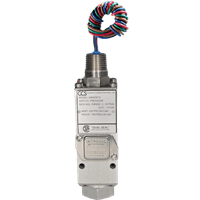
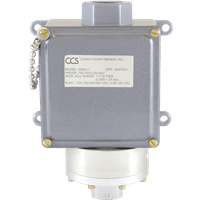
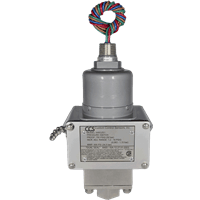
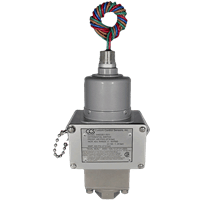

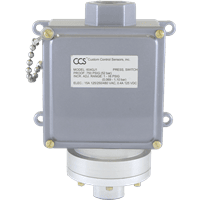

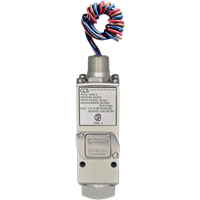
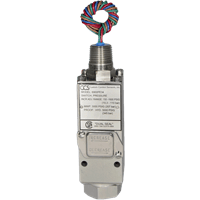
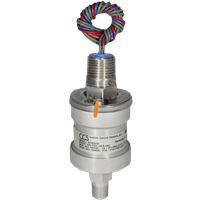
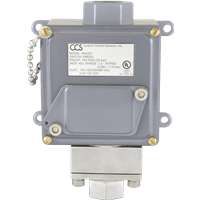
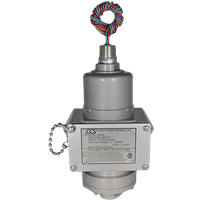
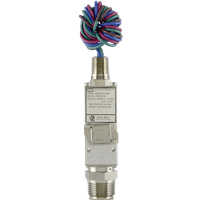


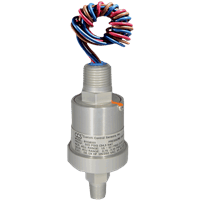
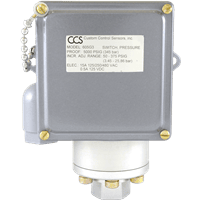
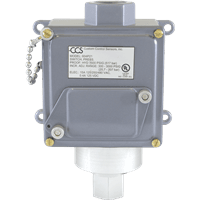

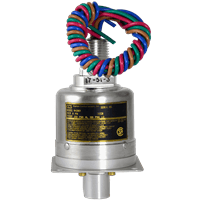


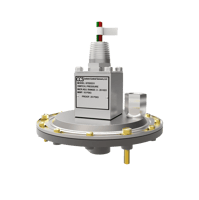
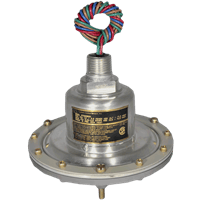
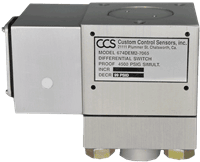
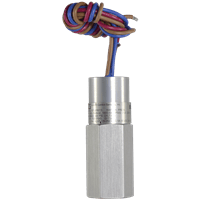
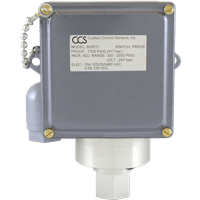

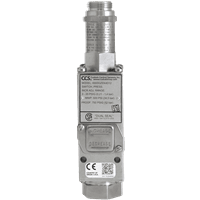
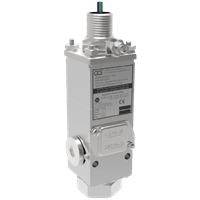
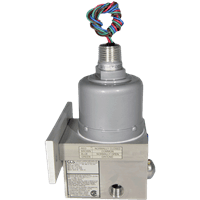

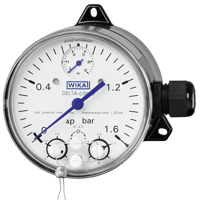
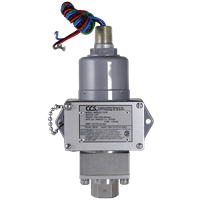

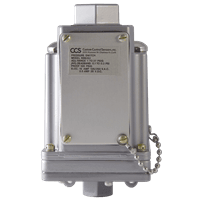
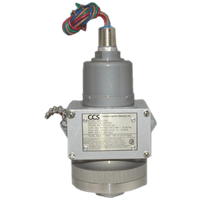
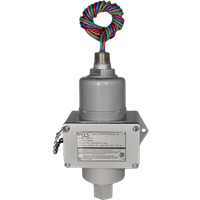
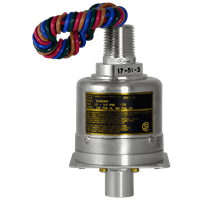
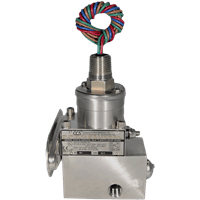
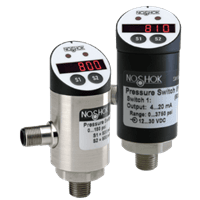
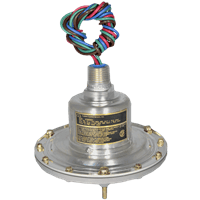
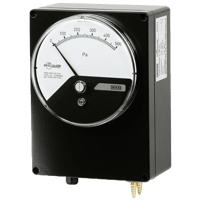
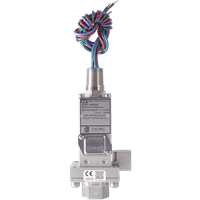

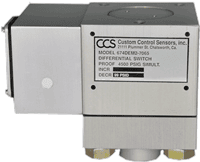

Mechanical pressure switches are electromechanical devices designed to sense fluid pressure and activate an electric circuit when a preset pressure threshold is reached. They typically employ a spring-loaded diaphragm or piston as the sensing element; when the process pressure overcomes the spring force at the set point, the mechanism moves to open or close a microswitch contact. This purely mechanical actuation means no external power is required for operation, which enhances their reliability and fail-safe characteristics. Mechanical switches remain a staple in industrial automation due to their robust construction, repeatable performance, and cost-efficiency.
Designs offer consistent set-point accuracy (often about ±1% of full-scale range), ensuring reliable and precise triggering at the desired pressure.
Pressure switches are valued for accuracy in control, high reliability, and safety assurance. They provide simple on/off control to maintain process pressures within desired limits and will repeatedly actuate at the calibrated setpoint under varying conditions.
Because of their ruggedness and long-term stability, mechanical pressure switches excel in harsh environments (vibration, extreme temperatures, etc.) where electronic sensors might falter. Crucially, they serve as safety interlocks – if system pressure strays outside safe limits or if power/primary sensors fail, the mechanical switch will directly shut down equipment or trigger alarms, preventing damage and ensuring safe operation.
